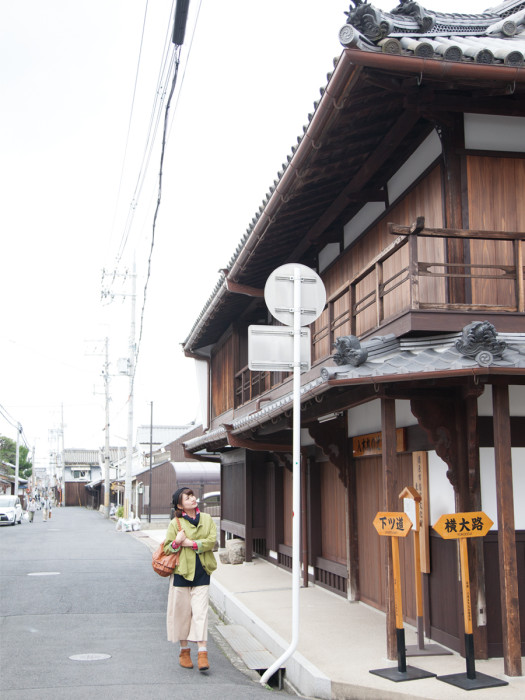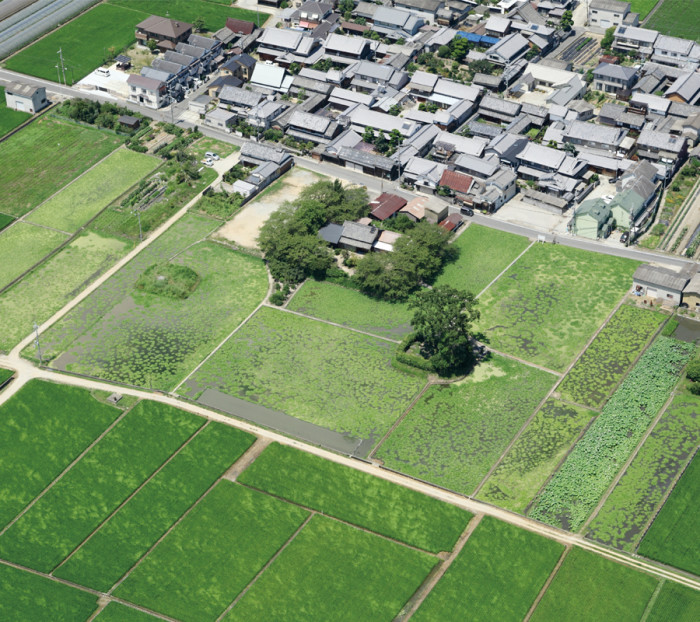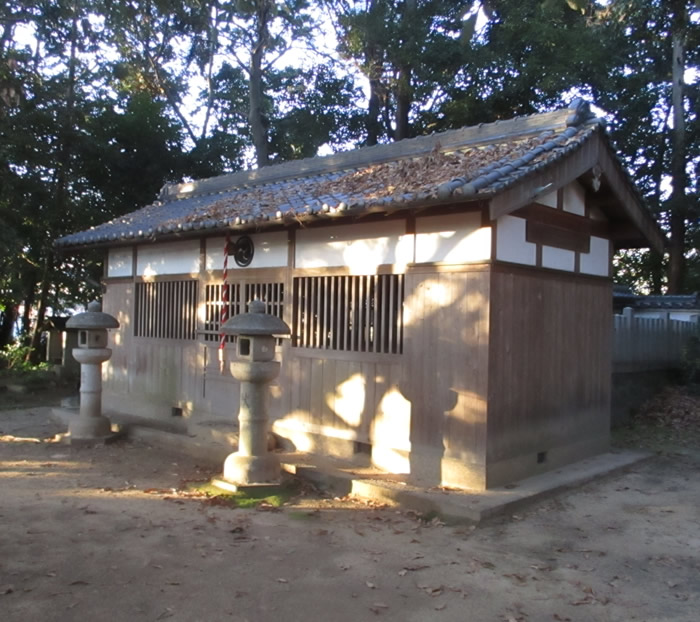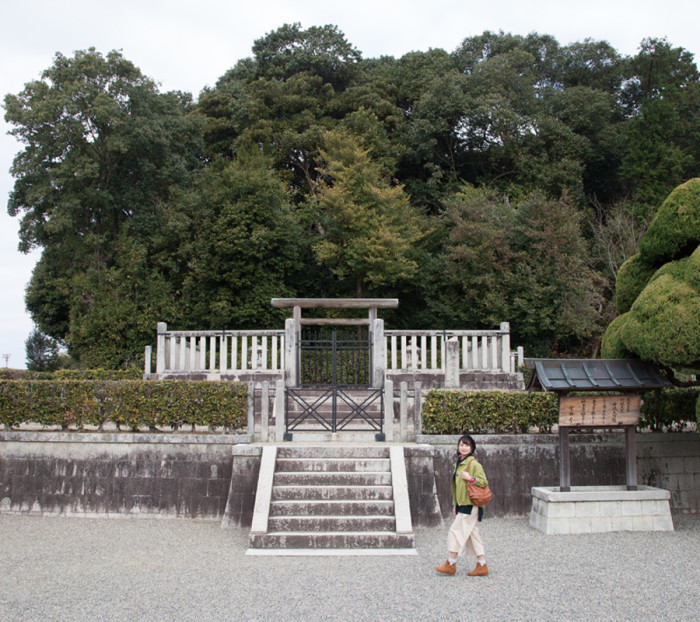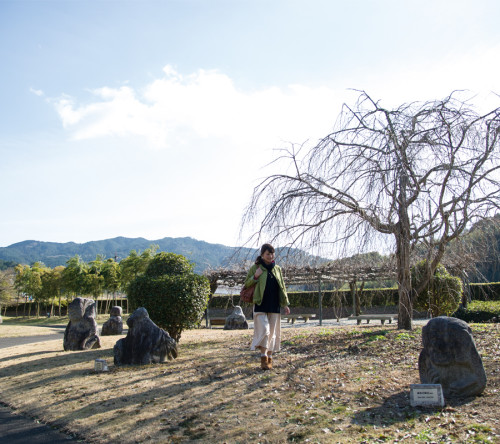
Asuka Historical Museum
This museum provides an easily digestible introduction to the history and culture of the Asuka area, through an array of precious unearthed artifacts and replicas. Of special note is a corridor of Yamadadera Temple, which is the oldest existing temple structure in Japan. Discovered underground with the pillars and windows still intact, it has been designated an Important Cultural Property.
- 9:00–16:30 (enter by 16:00); Closed Mon. (or Tues. when Mon. is a public holiday)
- 270 yen
- Take the Akakame bus and get off at Asuka Shiryokan
- 601 Okuyama, Asuka-mura
- 0744-54-3561
- Asuka Historical Museum
- Map

